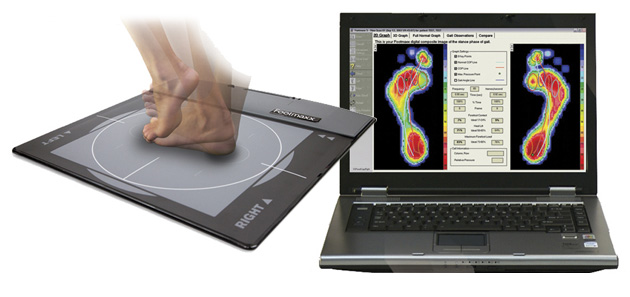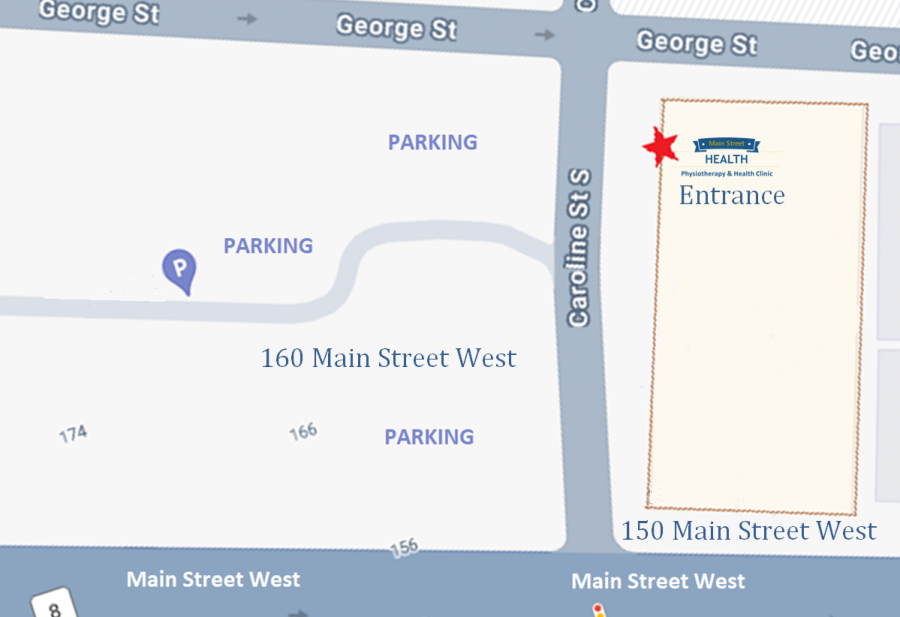
In the world of healthcare, a holistic and multidisciplinary approach can often yield the best results. Combining the expertise of physiotherapists, chiropractors, and massage therapists offers a comprehensive strategy for treating various conditions. This blog explores why a multidisciplinary approach is important and how these three disciplines complement each other to enhance patient outcomes.
- Comprehensive Assessment and Diagnosis
When multiple healthcare professionals collaborate, they bring diverse perspectives and expertise to the table. Physiotherapists, chiropractors, and massage therapists each have unique skills in assessing and diagnosing conditions. By working together, they can conduct a thorough evaluation, identify underlying issues, and develop a more accurate and complete diagnosis. This comprehensive assessment ensures that all aspects of a patient’s condition are addressed.
- Personalized and Holistic Treatment Plans
A multidisciplinary approach allows for the creation of personalized and holistic treatment plans. Physiotherapists focus on restoring movement and function through exercises and manual therapy. Chiropractors specialize in spinal adjustments and alignment to improve nervous system function. Massage therapists provide soft tissue manipulation to reduce muscle tension and promote relaxation. By combining these treatments, patients receive a well-rounded plan that addresses the root cause of their issues from multiple angles.
- Enhanced Pain Management
Effective pain management often requires a multifaceted approach. Physiotherapy helps in strengthening muscles and improving mobility, which can alleviate pain over time. Chiropractic care addresses misalignments in the spine and joints, providing immediate relief for some patients. Massage therapy targets muscle tension and stress, reducing pain and promoting relaxation. Together, these therapies offer a comprehensive solution for managing both acute and chronic pain.
- Faster and More Effective Recovery
Collaborative care among physiotherapists, chiropractors, and massage therapists can accelerate the recovery process. Each discipline brings specific techniques that support healing and rehabilitation. For example, while physiotherapy focuses on exercise and movement, chiropractic adjustments can enhance joint function, and massage therapy can improve circulation and reduce muscle soreness. This integrated approach helps patients recover more quickly and effectively.
- Preventing Recurrence of Injuries
Preventing the recurrence of injuries is crucial for long-term health. Physiotherapists provide exercises to strengthen weak areas and improve flexibility, reducing the risk of future injuries. Chiropractors ensure that the spine and joints are properly aligned, which can prevent imbalances that lead to injuries. Massage therapists help maintain muscle health and prevent tension buildup. Together, these therapies create a robust prevention strategy.
- Supporting Mental and Emotional Well-being
Physical health and mental well-being are deeply interconnected. Chronic pain and injuries can lead to stress, anxiety, and depression. A multidisciplinary approach not only addresses physical symptoms but also supports mental and emotional well-being. Physiotherapy and chiropractic care can improve physical function, boosting confidence and mood. Massage therapy promotes relaxation and reduces stress, contributing to overall mental health.
- Long-Term Health and Wellness
A multidisciplinary approach is not just about treating immediate issues; it’s about promoting long-term health and wellness. Regular visits to physiotherapists, chiropractors, and massage therapists help maintain physical health, prevent future problems, and enhance overall quality of life. By incorporating a variety of therapies, patients can achieve and sustain optimal health.
Conclusion
The integration of physiotherapy, chiropractic, and massage therapy at Main Street Health offers a powerful and comprehensive approach to healthcare. This multidisciplinary strategy ensures thorough assessment, personalized treatment plans, effective pain management, faster recovery, injury prevention, mental well-being, and long-term health. By leveraging the strengths of each discipline, patients receive holistic care that addresses their unique needs and promotes overall wellness.
Call to Action
If you’re dealing with pain, injury, or seeking to improve your overall health, consider a Main Street Health a multidisciplinary clinic. Schedule a consultation with a team of physiotherapists, chiropractors, and massage therapists to develop a comprehensive treatment plan tailored to your needs. Experience the benefits of holistic care and take the first step towards a healthier, more balanced life.







